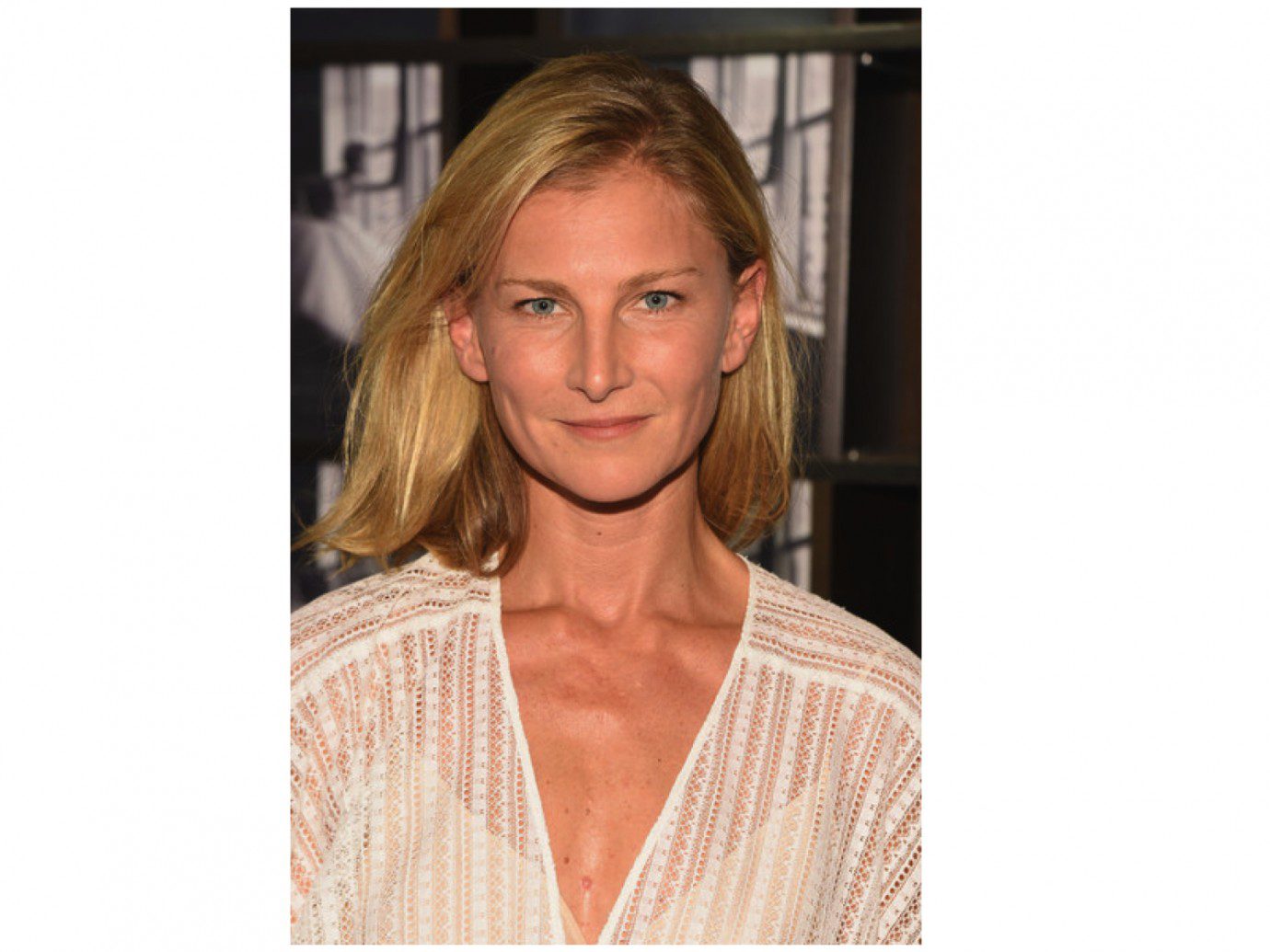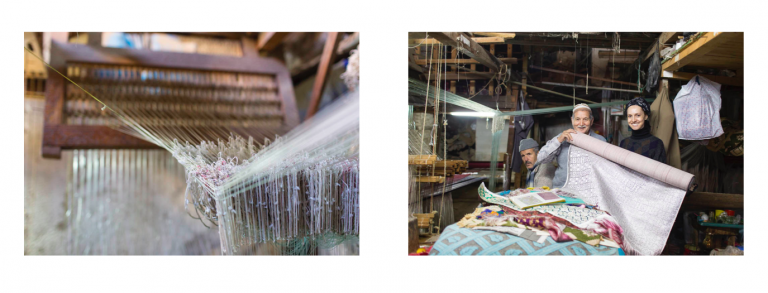Milka Seppänen won the Designers’ Nest award for 2020 with a collection of mismatched animal-print mohair cardigans, trousers in distressed leather, lacey crochet sweaters, and kilts straight out of a rock’n’roll Braveheart. Inspired by old photos of her mum’s 1980s punk crowd, Milka’s collection used recycled materials to recall a time when teenagers who were angry at the establishment came together through music and fashion.
When she first presented the collection, this angst had been repurposed with an ecological slant. Now, her most pressing fears are related to coronavirus. “I am mostly worried about my friends, family and those risking their lives,” she says. “But I am afraid that, when this ends, we will wake up without the possibility of working in fashion in the same way.” While her current fears revolve around the uncertainty of coronavirus, the climate crisis is still a critical issue. Here, Milka shares her thoughts on how the punk mentality relates to sustainability, why fashion comes second to art in Finland, and what she would change about Aalto.
Things have moved quite quickly for you since you graduated.
Yes! The collection I showed at Designers’ Nest was my BA graduate collection, because I had just graduated from Aalto University. Back in Autumn, we had a showroom in Paris, and then I was at the H&M competition in Berlin, followed by Designer’s Nest. I have been travelling quite a lot and living outside of the school bubble. Few weeks ago, I was packing up my things, ready to move to London for an internship with a local brand. It felt like things were finally coming together for me, but now I don’t know what’s going to happen or when, because of the outbreak.
“Few weeks ago, I was packing up my things, ready to move to London for an internship with a local brand.”
Aside from potentially losing an internship, what issues has the pandemic raised for you as a young designer? What would help?
I have a hard time justifying the importance of this industry to myself, especially when I have close relatives working on the frontline of the healthcare system. At the moment, support should go to health care and other systems keeping civilization going during this state of emergency. I think governments should help small businesses and freelancers financially, to avoid bankruptcy. Otherwise, we will end up tackling issues of mass unemployment.























